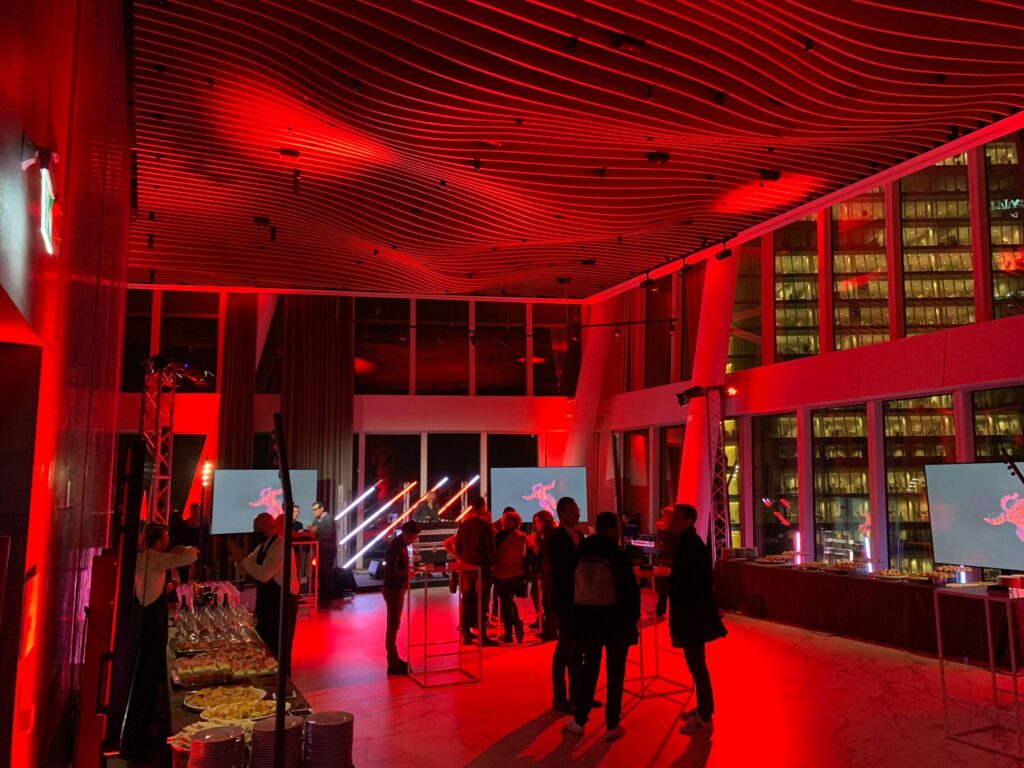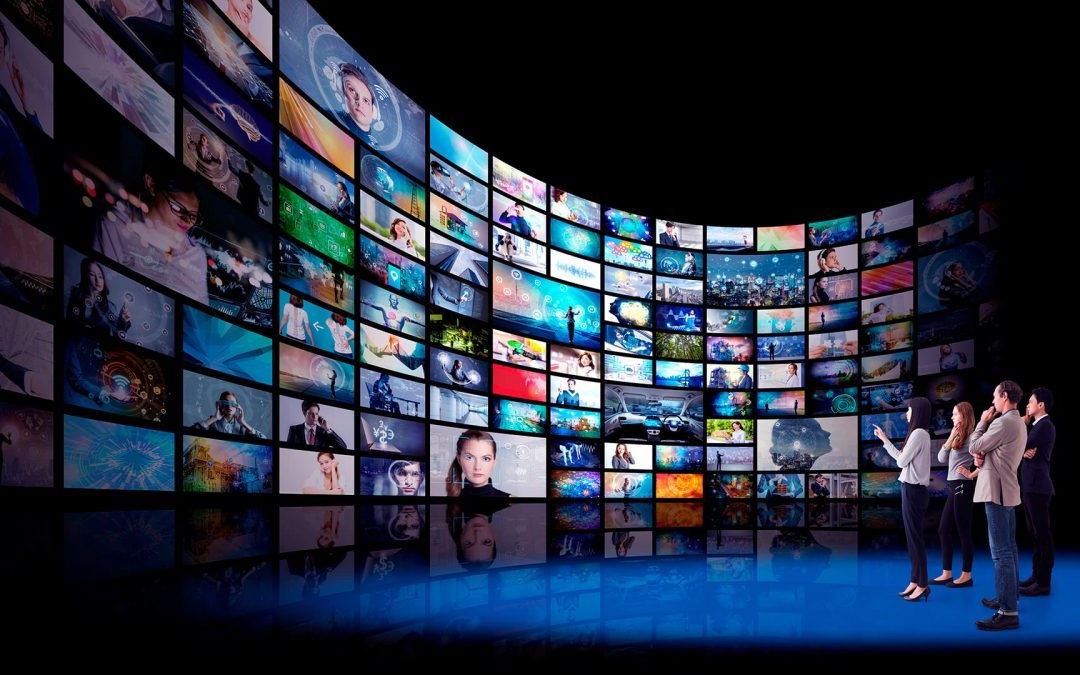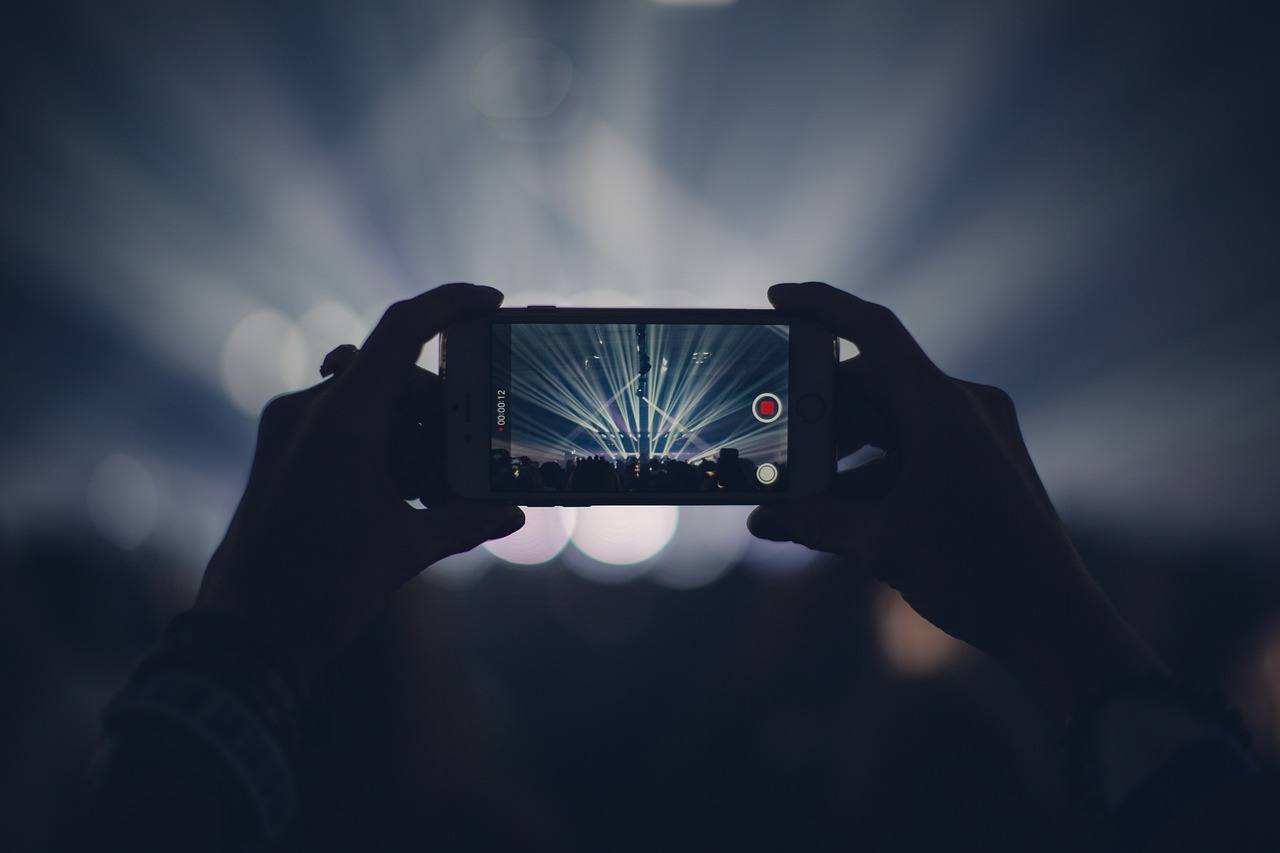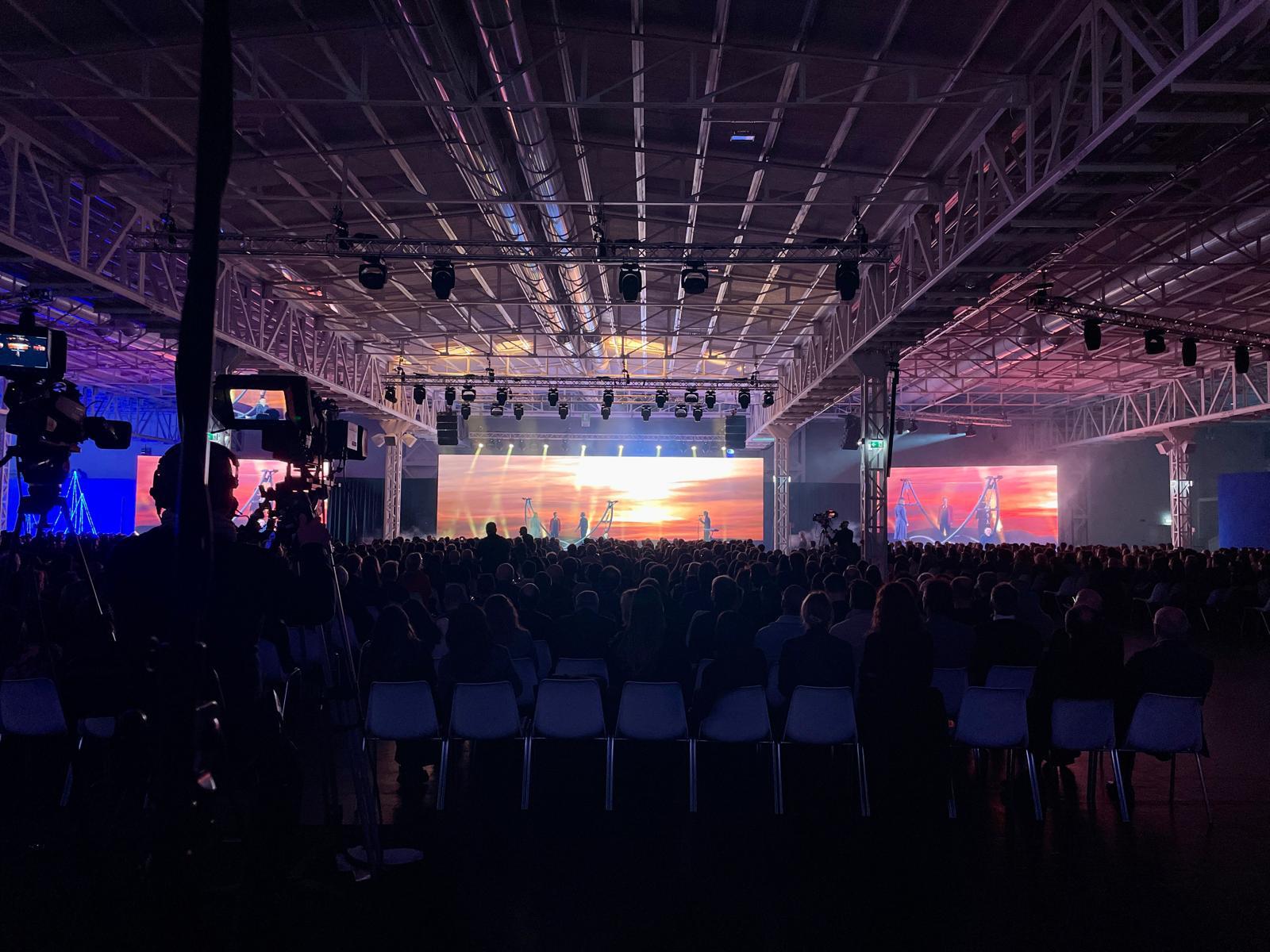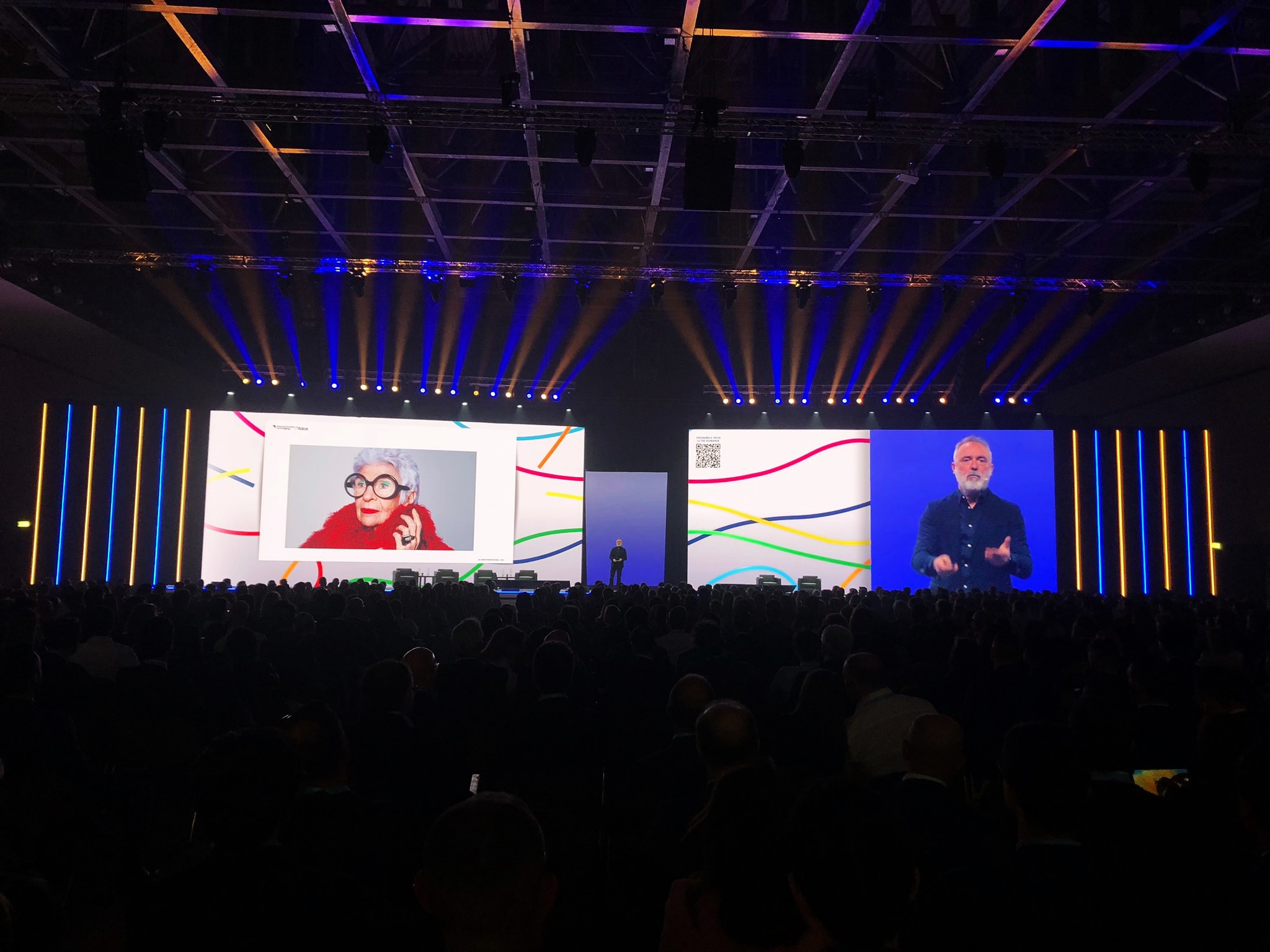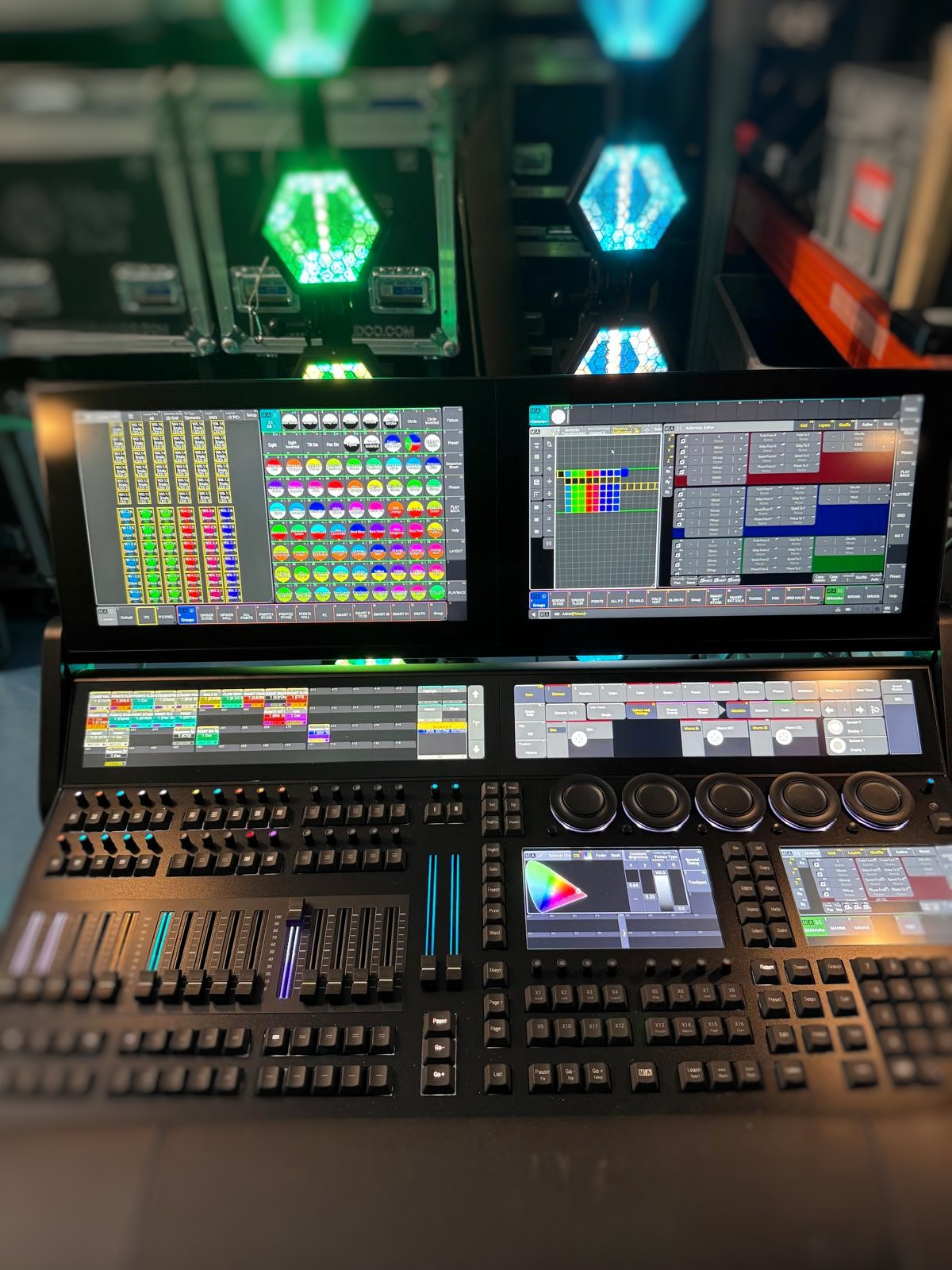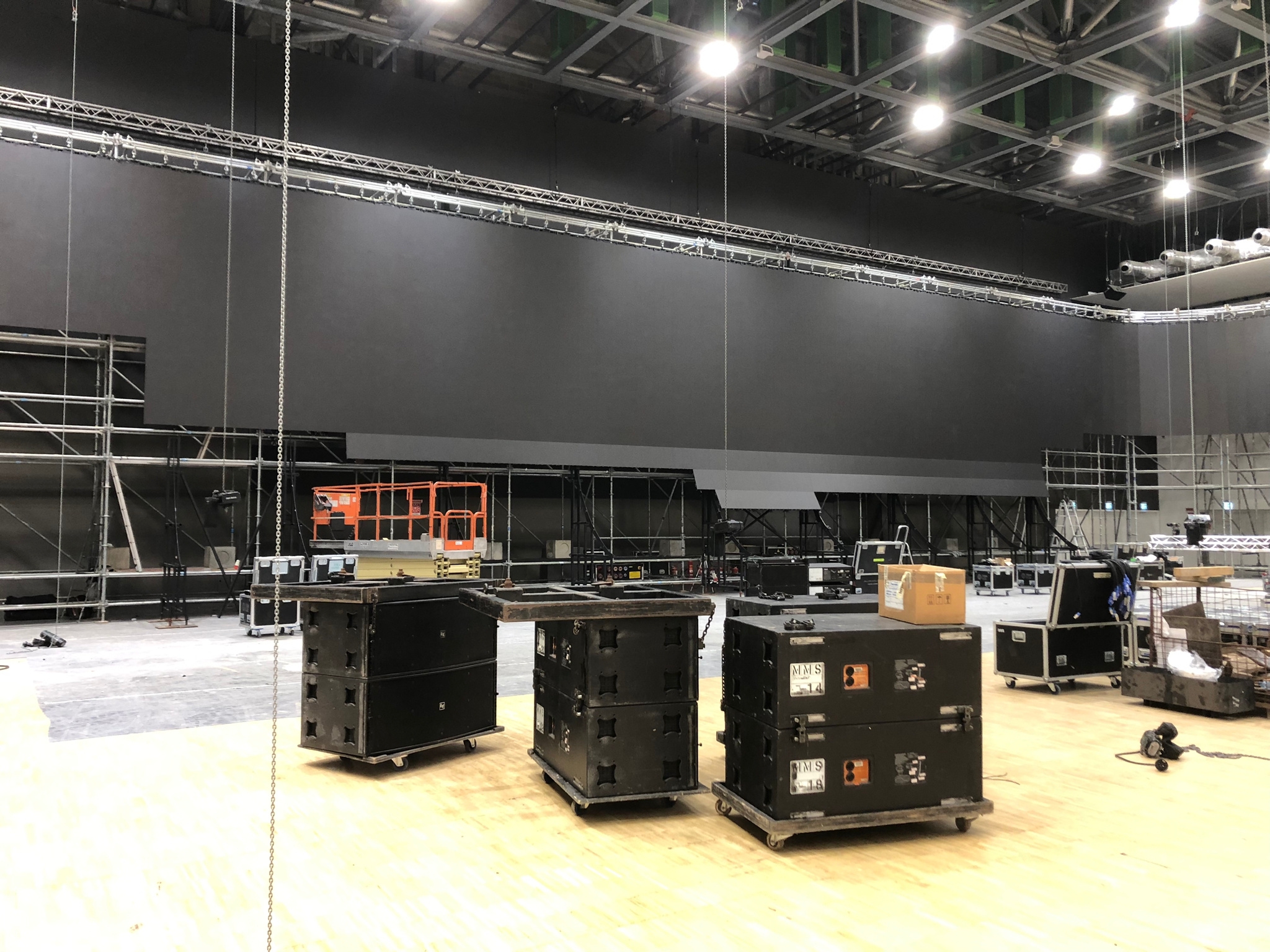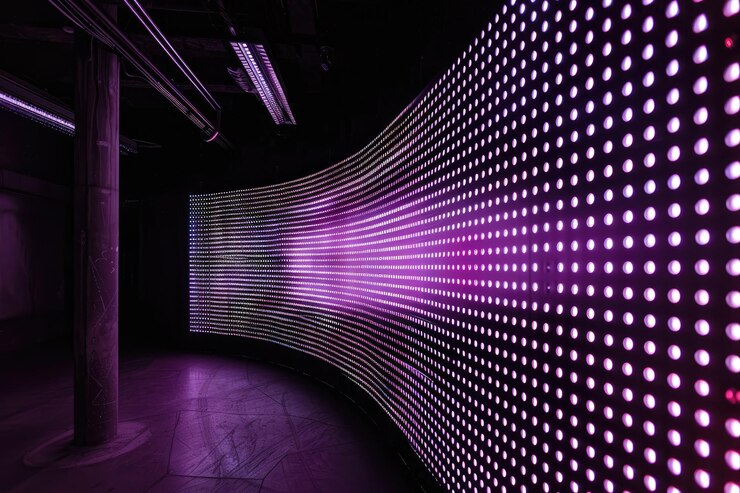Lighting is the most ephemeral and abstract design element that can be used when organizing an event of any kind that requires the creation of a light show: lighting design deals with artificial, mixed or natural light systems.
The purposes for which one can think of using light as a means of communication during an event vary depending on the type of intervention: for example, during a show, a show or a corporate event the lighting technology will have to carry out a dramatic action or spectacular (whether artistic, celebratory or evocative).
In these cases, there is a tendency to build a lighting project, with an architecture that is conceived and designed on a specific event: this technique which mixes technical-scientific skills with architectural and visual ones, is applied in the most disparate sectors, obtaining results important from a technical and artistic point of view.
Lighting design is much more than making sure the audience can see the stage and the protagonists: well-designed lighting can become an integral part of an event, attracting the attention of your audience and engaging them emotionally.
Given the importance that this element has in the success of the event, there is a specific figure who takes care of its planning and management: the lighting designer.
The lighting designer: role and specific skills
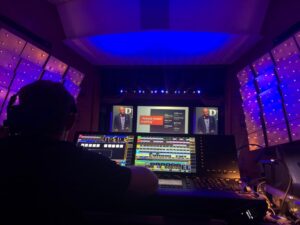
The lighting designer is the professional figure responsible for the design, installation and operation of lighting and special electrical effects used for shows and events: this professional figure is not a lighting technician and therefore his role must not be confused with these figures.
This professional figure is in all respects a designer, with the special task of designing and managing the lighting of an event: his work is comparable to directing or conducting an orchestra, as the lighting designer studies and creates a specific lighting project for a specific event.
More specifically, he has the task of organizing the work between the various operators, in order to obtain the designed effect and must direct and manage the lighting during an entire event or prepare the design for a location such as a showroom or a shop or the venue for an event.
The lighting designer has skills in:
- Visual and lighting design
- Knowledge of design and technical matters
- Knowledge and application of the basic principles of electrical engineering
- knowledge of the rules regarding architecture
- mastery of specific software for lighting management
Whether it is creating an evocative atmosphere, building a luminous pattern by directing the glow of hundreds of light points at a specific moment of the event or in a particular location, lighting designers manage the transformative power of light to illuminate the event, capture the audience’s attention, support a narrative and trigger emotions.
The final result you want to achieve varies considerably depending on the setting and the moods and sensations you want to arouse: for the scenic production of an event, lighting designers collaborate closely with other members of the design team and production, such as director, stage manager, choreographer and set designer.
To communicate their ideas to the rest of the team, designers often use visual aids such as 3D renderings, storyboards and location photographs.
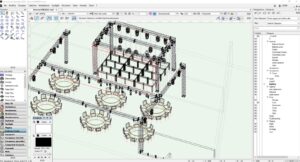
Before moving on to the actual planning, the lighting designer must take precise measurements of the space and carefully evaluate the capacity of the location, analyzing the strengths and possible weaknesses, also taking into account the position of the instrumentation, the stage and other infrastructure.
The designers then program the lighting for the show, and then supervise the installation of the electrical components by the lighting technicians.
Light as a communication tool
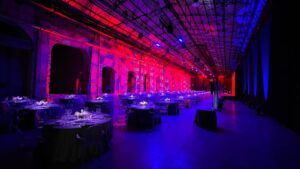
Completing a successful event therefore requires careful planning and attention to detail and to create interest in the participants, this is because lighting can make or break your event experience: if the lights are too bright, the event may seem stark and cold, while if the lights are too dark, viewers may miss important elements of the event and the design that has been created.
An impactful, well-positioned and calibrated lighting system can not only create the right atmosphere, but also arouse certain emotions in the spectators: furthermore, well-studied lighting allows you to enhance the key elements of the setup, be they decorations or additional scenographic elements, such as Led walls or structures.
Therefore, lighting is absolutely not an option but a key element in the event set-up phase, for a whole series of reasons:
- Create harmony between lighting and show elements: If you want to create a fully immersive experience for the audience, matching lighting effects to the characteristics of a performance can be incredibly effective: a specially designed lighting design can really add to the drama and intensity and this can really help to captivate the viewer.
- Lights evoke emotion and communicate the event: if an event aims to evoke an emotional response from the audience, lighting can really help achieve this.
- The lighting can be synchronized to the times of the show: live events rely on respecting the times to ensure everything runs smoothly; by studying lighting design, you can use light effects to create synchrony between show and lighting.
As we have seen, with lighting studied down to the smallest detail by the lighting designer, an ordinary event can be transformed into a unique and extraordinary one, paying particular attention to lighting, also with the help of the latest equipment and technologies for events capable of producing memorable lighting.
All clear? Well, now all you have to do is turn to DHS Event Solution to design and build the best lighting solution for your events!

